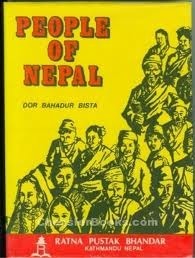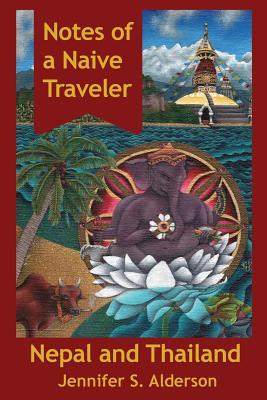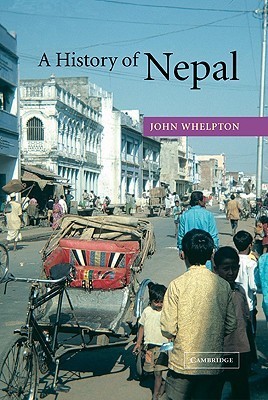
In the verdant tapestry of Nepal’s cultural landscape, Dor Bahadur Bista stands as a luminary, his literary brush painting vivid portraits of the myriad peoples that inhabit this enchanting land. “People of Nepal,” his magnum opus, emerges as a cornerstone in the edifice of Nepali anthropology, a testament to his scholarly prowess and unyielding dedication to unraveling the intricate skeins of cultural diversity that define the nation.
Published in 1967, Bista’s seminal work transcended mere documentation, delving deep into the heart of Nepal’s cultural kaleidoscope. With the meticulousness of an artisan and the sagacity of a sage, he traversed the length and breadth of his homeland, embarking on an odyssey of discovery that culminated in a tapestry of words, rich in detail and steeped in insight.
At its core, “People of Nepal” serves as a testament to Bista’s indomitable spirit, a tireless quest to unearth the essence of Nepali identity. Through the lens of anthropology, he unfurled a panorama of customs, castes, and ethnicities, each a thread in the intricate weave of Nepali society. From the snow-capped peaks of the Himalayas to the verdant valleys of the Terai, Bista’s narrative traversed geographical boundaries, illuminating the diverse tapestry of human experience that thrives within Nepal’s borders.
What sets Bista’s work apart is not merely its breadth, but its unwavering commitment to scholarly objectivity. Unlike the biases that often taint anthropological discourse, Bista’s prose remains an oasis of neutrality, untainted by subjective judgments or preconceived notions. It is this commitment to impartiality that lends “People of Nepal” its enduring credibility, elevating it beyond the realm of mere academia to become a touchstone for understanding Nepal’s cultural mosaic.
Despite the passage of time and the emergence of newer scholarly treatises, “People of Nepal” endures as a beacon of enlightenment, its pages a sanctuary for seekers of knowledge. Through subsequent editions and expanded discussions, it continues to serve as a lodestar for scholars and enthusiasts alike, its legacy etched into the annals of Nepalese anthropology.
However, amidst the accolades and acclaim, it is important to acknowledge the nuances of reception. While many laud Bista’s work for its informative depth, others lament its limitations as a mere compendium of facts. Indeed, “People of Nepal” is not without its detractors, who argue that its utility lies more in reference than in exploration. Yet, even in its role as a repository of knowledge, it remains an indispensable tool for those seeking to navigate the labyrinth of Nepali cultural diversity.
As we reflect on Bista’s towering legacy, it is impossible to ignore the enigma that shrouds his final chapter. His mysterious disappearance in 1995 cast a pall over the world of Nepalese anthropology, leaving behind a lacuna that can never be filled. Yet, in the echoes of his words and the contours of his legacy, Dor Bahadur Bista lives on, immortalized as the father of Nepalese anthropology, his legacy a beacon of enlightenment in the vast expanse of human knowledge.
If you like what we are doing, consider buying from this link. This is an affliate link. Income generated from such sell is used to run this website.
 Purchase hardcopy
Purchase hardcopy









तपाईको बिचार
पहिलो कमेन्ट गर्नुहोस्!